The Thunder rocket-bomb armament complex: modular architecture and accuracy
The existence of the project of the guided missile-bomb armament complex (UK RBV) "Thunder" became known only a few days ago. A presentation describing this project, prepared by Tactical Missile Weapons Corporation (KTRV), appeared in the public domain. This document provided basic information about the perspective architecture. weapons and its tactical and technical characteristics. In addition, the presentation revealed some details of the work already done and the plans of the development organization for the near future.
The project "Thunder" provides for the modular construction of aviation ammunition. Using several main modules for different purposes, the manufacturer will be able to produce products of different classes and purposes. First of all, it gives the possibility of producing unified missiles and bombs. In addition, ready-made weapons may have different combat equipment. In practice, this will provide flexibility in the use of the RBV command and control unit and will allow solving a wide range of combat missions.
In all configurations, the weapon of the project “Thunder” should have a similar appearance; dimensions and weight differ slightly. It is proposed to release a bomb / missile with a cylindrical body of large elongation, equipped with a lively head fairing. A long gargrot is located on the top of the case; there is a thickening with fastenings for a folding wing on the bottom. In the tail are placed X-reverse handlebars with drives. The total length of all products in the family is 4192 mm, the case diameter is 310 mm, not counting the rudders.
Bomb or rocket "Thunder" should consist of several main modules connected to each other in the desired configuration. The front case of the hull is the main module of the warhead (MBCHo). Now two variants of such a module are offered. The module from the combat equipment of the 9-Ж1-7759 type is made in the form of a high-explosive fragmentation charge with a mass of 315 kg. The main module of the 9-Ж2-7759 equipment has a space-detonating charge of 250 kg. MBCHO of both types has a length of 2350 mm with a diameter of 310 mm. High-explosive charge can explode both upon contact with the target, and with a delay of up to 170 ms. The space detonating charge can be undermined at altitudes from 6 to 12 m above the target.
The second component of “Thunder” is the planning and management module (MPU). Its main component is a cylindrical instrument compartment with a length of 390 mm, in which navigation, control and guidance devices are located. On top of this compartment is fixed a long gargrot, connecting it with other devices. On the narrow longitudinal gargrote there are yokes for hanging the rocket / bomb on the carrier, a connector for communicating with the equipment of the latter and some antennas from the control systems.
Under the warhead module is proposed to hang a flat casing with mounts for the planes of the folding wing. In the transport position, a pair of planes is laid along the body; after discharge, they are divorced to the sides, forming a swept wing.
The MPU is equipped with a satellite navigation system capable of using GLONASS and GPS signals. In flight, the module determines its location and, making the necessary calculations, corrects the flight path. Since the control center RBV "Thunder" uses satellite navigation, it is possible to destroy only stationary targets with previously known coordinates.
One of the variants of the product "Thunder" can receive a modified version of the MPU. In his case, standard navigation and control devices are complemented by a laser height sensor. With it, a weapon can more accurately determine its position in space, which is necessary for the correct use of a space-detonating warhead.
Behind the main part of the MPU is placed a cylindrical body with a length of 1130 mm. It can accommodate an additional warhead module (MBChd) or a propulsion module (MRL). Additional warhead can be produced in two configurations. As part of the 9-Ж1-7759 equipment, a high-explosive fragmentation charge with a mass of 165 kg is used. The 9-Ж2-7759 kit includes the space-detonating charge 120-kg. Thus, the complex "Thunder" includes a high-explosive fragmentation warhead 9-Ж1-7759 with a maximum weight of 480 kg and a volume-detonating 9-Ж2-7759 with a mass of 370 kg.
MDU is a solid rocket engine with a tail nozzle. It must be activated by the command of the control devices after overcoming a part of the trajectory. The available fuel charge ensures the acceleration of the rocket to the high speeds necessary for a substantial increase in the flight range.
Flight control is carried out using the tail module steering gear (MCI). The cylindrical compartment length 322 mm contains steering cars that control the position of the four planes. The trapezoid root parts of the rudders, inside of which the folding console are in the transport position, are rigidly fixed on the outer surface. After dropping from the carrier, the steering wheels open. In the center of the MCI there is a longitudinal channel through which the nozzle of the propulsion system passes.
According to the presentation from KTRV, in the framework of the “Thunder” project, three aviation munitions with different designs, characteristics and capabilities were developed. At the same time, despite all the differences, they are built from unified modules for one purpose or another. In particular, in all cases the same MCI is applied, and the MPU has minimal differences. In addition, the finished products have the same appearance and do not differ from each other in dimensions.
The first version of the product is a guided missile called 9-A-7759. Such weapons include MBCHO type 9-Ж1-7759, standard planning and control module, as well as the propulsion system and MCI. A rocket 4192 long mm weighs 594 kg and carries a charge 315-kg. Acceleration after reset is performed using a separate starting engine. After it, the main engine turns on, providing a distance flight up to 120 km with a maximum flight time of 400 s. In terms of its combat effectiveness, the 9-A-7759 rocket is 1,8 several times larger than the OFAB-250-270 free-fall bombs.
The second weapon of the project “Thunder” is a guided bombshell and is designated as 9-А1-7759. By its architecture, this product is similar to the previous rocket, but differs by the absence of an MRL. Instead, an additional module of the 9-Ж1-7759 type warhead is installed in the tail. Due to this, the total mass of the two charges reaches 480 kg with a clear increase in combat effectiveness. The starting weight of the product is 598 kg. The maximum flight time for 9-А1-7759 is determined at the level of 260 with. During this time, the bomb can overcome up to 65 km. In terms of combat effectiveness, such a weapon is 1,5 several times larger than the OFAB-500U serial bomb.
The third representative of the new family is the bomb 9-А2-7759. It is similar to the product with the letters "A1", but it has serious differences. It is proposed to equip it with two combat units of the 9-Ж2-7759 type with space-detonating equipment. The total mass of the two charges - 370 kg; the launch mass of the bomb is 488 kg. To obtain the greatest power in the control module for the 9-А2-7759, a laser height sensor is used, which is used to determine the optimum height of the blast. According to its flight data such a weapon corresponds to the product 9-А1-7759. It is alleged that 9-А2-7759 is twice as effective as the existing KAB-500OD corrected aerial bomb.
On the basis of combat missiles and bombs from the UK RBV "Grom" specialized products were created for testing. First of all, this is a weapon with telemetry equipment. It, in general, corresponds to combat products, but is distinguished by the absence of charges and the presence of additional equipment. In addition, unlike future serial products, telemetric missiles / bombs have a bright red color.
Rocket-bomb armament of the complex "Thunder" can be used by various aircraft carriers from the Russian front-line aviation. For example, it is known that the Su-34 front bomber and the MiG-35 multi-role fighter were involved in the tests. Despite the relatively large length, new products can be transported both under the wing and under the fuselage.
According to the published presentation, the aircraft carrier can drop products of the “Thunder” family at instrument speeds from 500 to 1200 km / h. The maximum launch height is more than 10 km. At the same time, the maximum possible range of a bomb or a rocket depends on the height and trajectory of the aircraft prior to discharge. In some situations, at relatively low launch altitudes, the weapon can begin an independent flight by performing a “slide”, which makes it possible to obtain a certain reserve of height and thereby increase the flight range.
The project provides several interesting modes of operation of weapons. Thus, a rocket of the 9-A-7759 type, after a reset, should include a starting engine and go to horizontal flight. After it is turned off, some of the trajectory is overcome by inertia with simultaneous decrease. Only after this, the marching MDU is launched, which ensures the flight to the maximum possible distance. The flight takes place with a slight decrease, and directly above the target the rocket must go into a dive from a large angle.
There is a possibility of a rocket-bomb strike on a target in the rear hemisphere. In this case, the product "Thunder" immediately after separation from the carrier performs a turn, goes to the "hill" and then begins to set on the target. To compensate for the loss of energy at a turn and to obtain an acceptable range, a bomb or a rocket can perform a gentle dive.
According to available data, no later than the end of last year, the project of the RBB “Grom” MC passed the stage of ground tests, after which the flight design tests started. During the ground checks, all the main features of the new modules were checked, including their resistance to various factors. At the same time, at the time of the presentation creation, the checks and fine-tuning of the detonating warhead of the 9-Ж2-7759 type were not completed: its resistance to external influences was not confirmed.
After performing the necessary ground checks, the flight design tests started. At the time of the presentation, the 30 flights of the carriers of new weapons and 5 flights of the software were performed. Testers carried out 8 launches of experimental weapons with telemetry equipment. Also 3 dumping took place in the "non-explosive" mode, two of which used bombs with high-explosive fragmentation and space-detonating combat units.
Of the eight test launches of the three types of weapons, half ended in success. In other cases, there were some or other malfunctions, as a result of which the products were destroyed in flight or made an unacceptable miss. In particular, one of the 9-A-7759 missiles fell into the 76 m from the target due to the failure of navigation. However, in successful launches the deviation from the target ranged from 2 to 10 m. It is important that such characteristics showed all three munitions of the new family. The launch of the 9-A2-7759 bomb resulted in interesting results. Such weapons confirmed the calculated characteristics, and in addition, showed the range, by 60% greater than the specified.
In accordance with the published data, in April 2018 of the year, KTRV was supposed to transfer products from the composition of the RBV Thunderbolt UKB to state trials. This phase of the audit was scheduled for completion in September. By this time, it was necessary to complete not only the checks, but also the fine-tuning. At the beginning of autumn, an act of state trials should appear, and in November, the working design documentation for the Thunder should be assigned to the letter O1. After that, the weapon can be put in the series.
If the plans for the current year are fulfilled without a time shift, then in the very near future, the Russian aerospace forces will be able to get a new high-precision weapon. The positive features of the weapons of the “Thunder” family are obvious. The proposed rocket and two bombs have a high range, and also show a very remarkable accuracy of defeating a stationary target. Given the type of object attacked, you can choose the best option of the warhead.
Certain advantages over the existing weapons of their class to the “Thunder” are provided by a modular architecture. Three aircraft weapons are proposed to be assembled from standardized modules. Thus, the mass production of a new line of weapons is noticeably simplified. It also facilitates the operation of weapons in the army. However, the development organization and the future operator have not yet specified what savings can be obtained through the management company RBV "Thunder".
Recent ones news indicate that in our country the development of new high-precision aircraft weapons systems continues, and new models of this kind are constantly emerging. In the near future, the newest guided weapons with improved combat capabilities and technical advantages can be put into service with the VKS. The newly developed systems of the “Thunder” family have already managed to show themselves from the good side during the tests, and after the next stage of inspections they have every chance to enter service. Everything indicates that soon front-line pilots will have to master a completely new weapon.
On the materials of the sites:
https://ria.ru/
https://svpressa.ru/
http://bastion-karpenko.ru/
https://bmpd.livejournal.com/
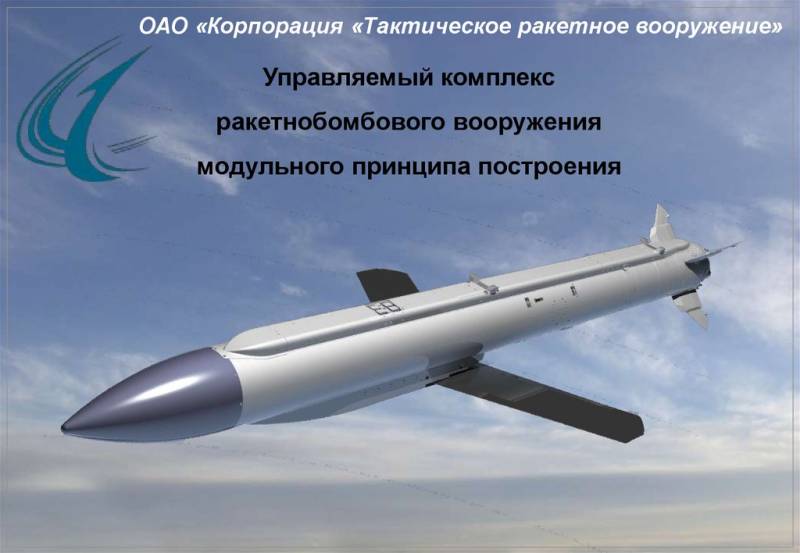
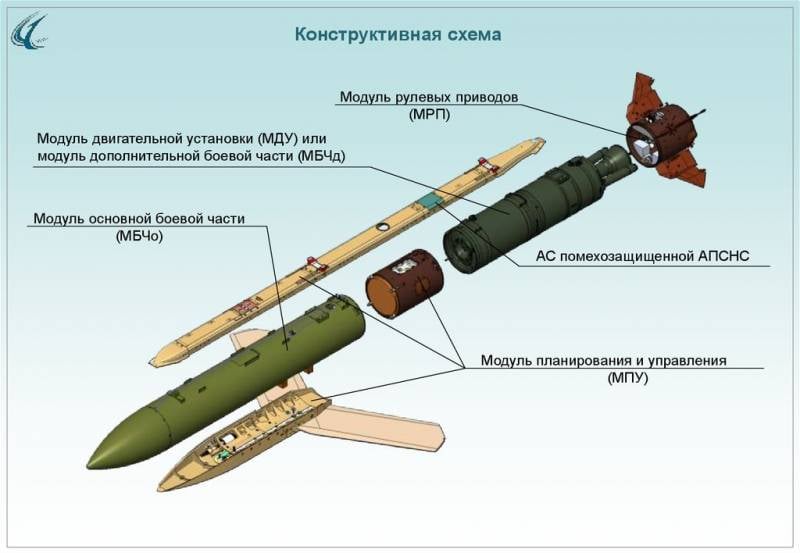
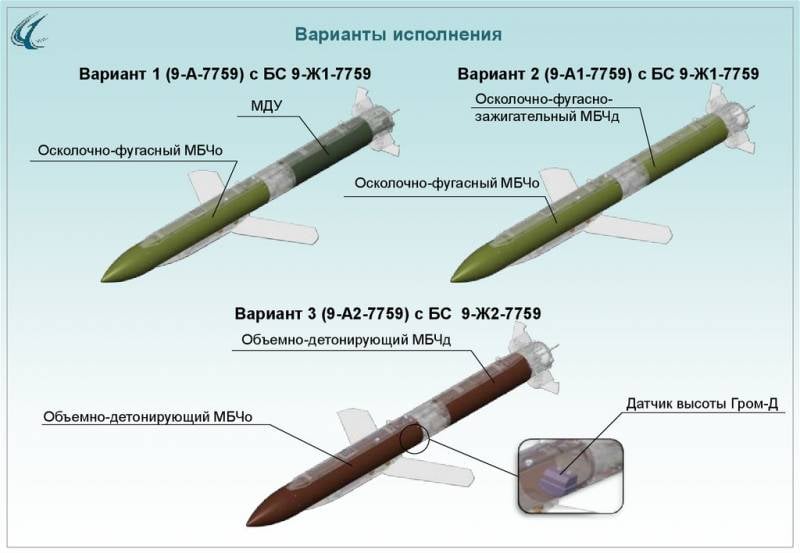
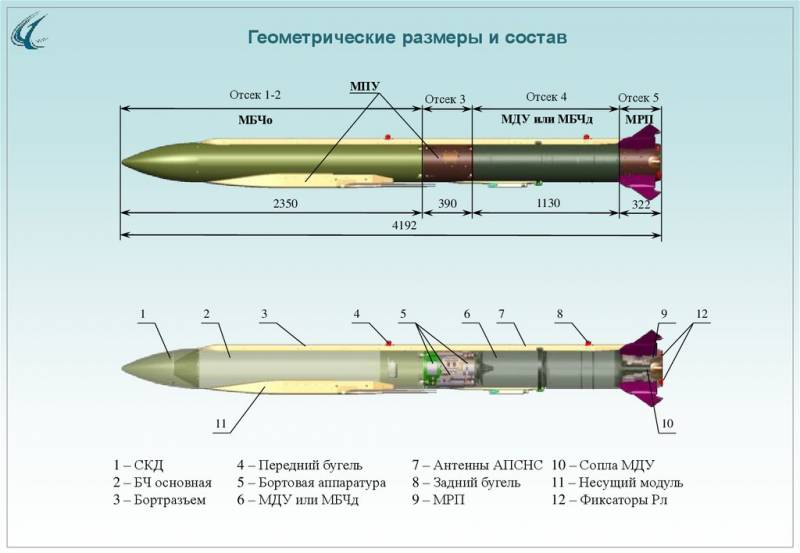
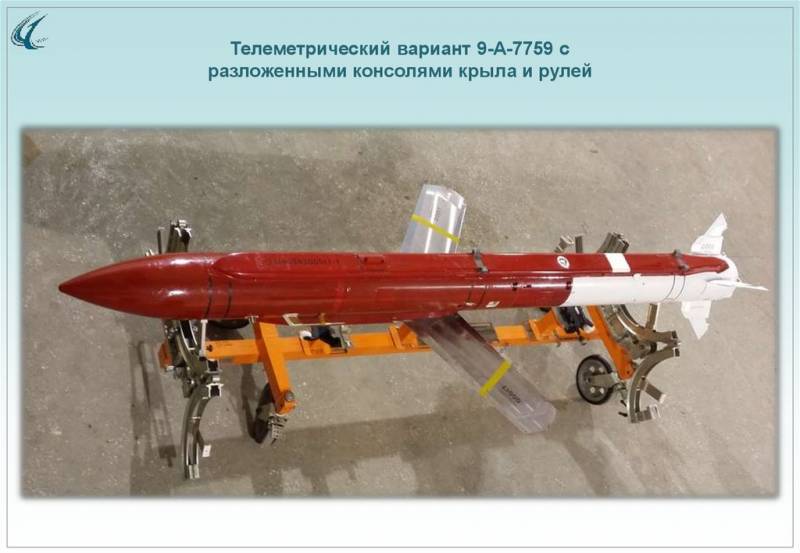
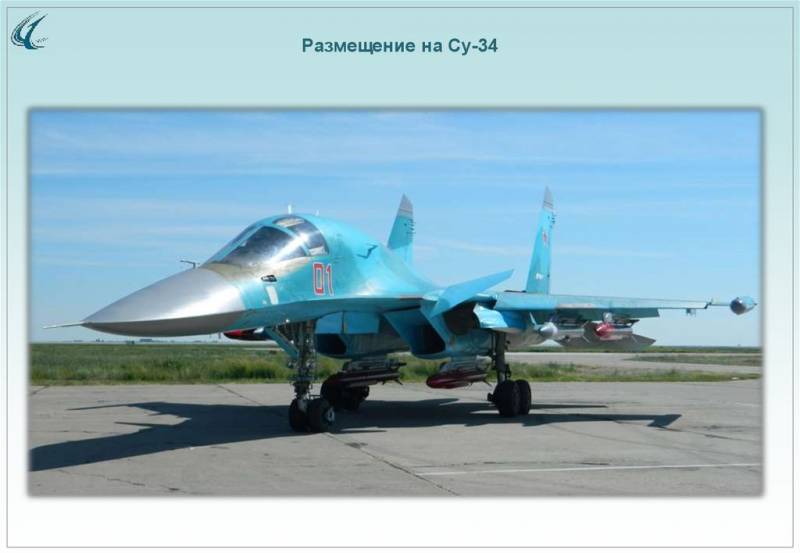
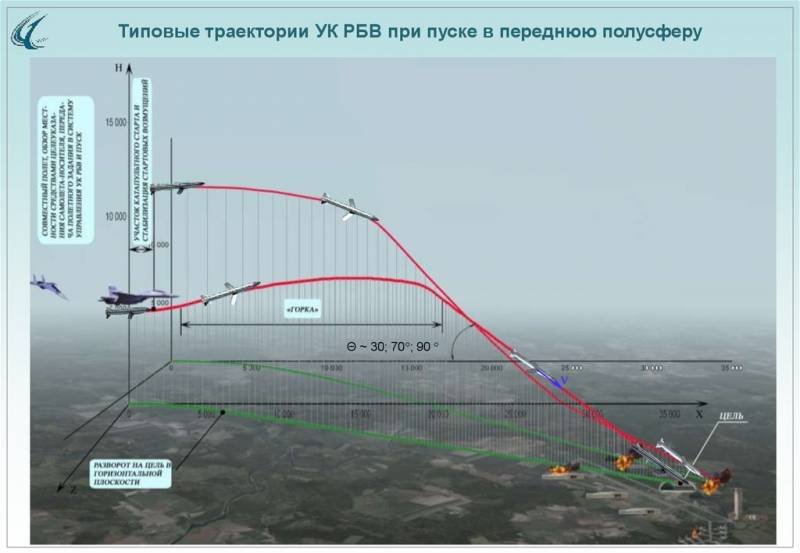
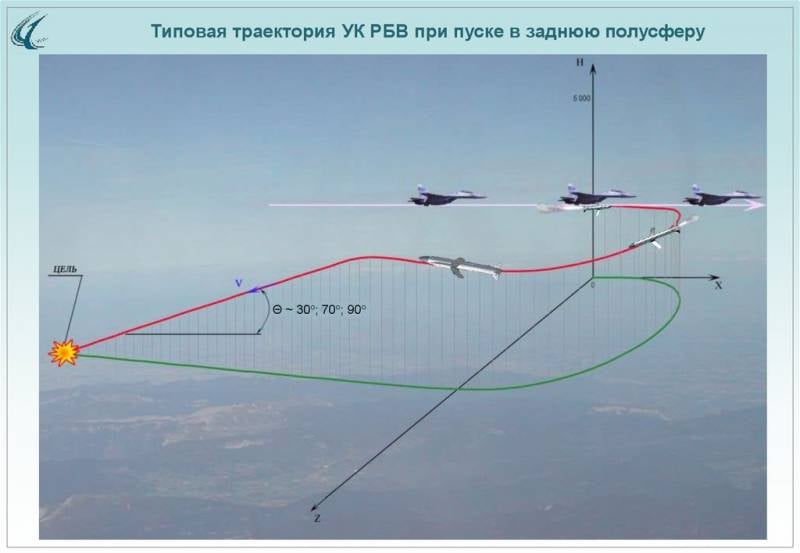
Information